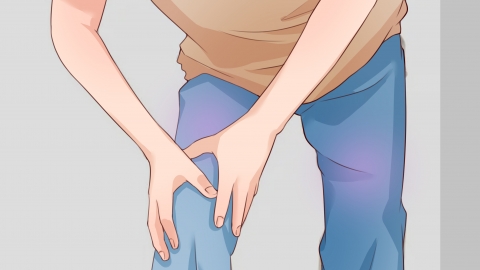Can the Department of Peripheral Vascular Diseases treat numbness in the legs and feet?
Peripheral vascular departments are usually able to treat leg numbness caused by peripheral vascular diseases. If the numbness in legs and feet is caused by other conditions, it generally cannot be treated in this department, and a referral to the corresponding department is needed for treatment. Should any discomfort occur, it is recommended to seek timely medical attention at a hospital and follow medical advice for treatment after clarifying the condition.

When leg numbness is caused by peripheral vascular diseases such as lower limb arterial stenosis or occlusion, or poor venous return in the lower limbs, the peripheral vascular department can usually provide effective treatment. These conditions may include lower extremity atherosclerotic occlusive disease, deep vein thrombosis, etc., which can affect blood circulation in the lower limbs, thereby causing numbness in legs and feet. In the peripheral vascular department, doctors will determine the cause through professional examinations and diagnosis, and formulate corresponding treatment plans.
If leg and foot numbness is caused by non-vascular diseases such as lumbar disc herniation, diabetic neuropathy, or multiple sclerosis, these conditions fall outside the scope of treatment of the peripheral vascular department. In such cases, the peripheral vascular department may not be able to directly treat the numbness, and patients will need to be referred to corresponding specialty departments, such as orthopedics or neurology, for further diagnosis and treatment.
In daily life, it is recommended to maintain good habits and posture, avoid excessive fatigue and emotional fluctuations, to prevent the occurrence of leg and foot numbness.








